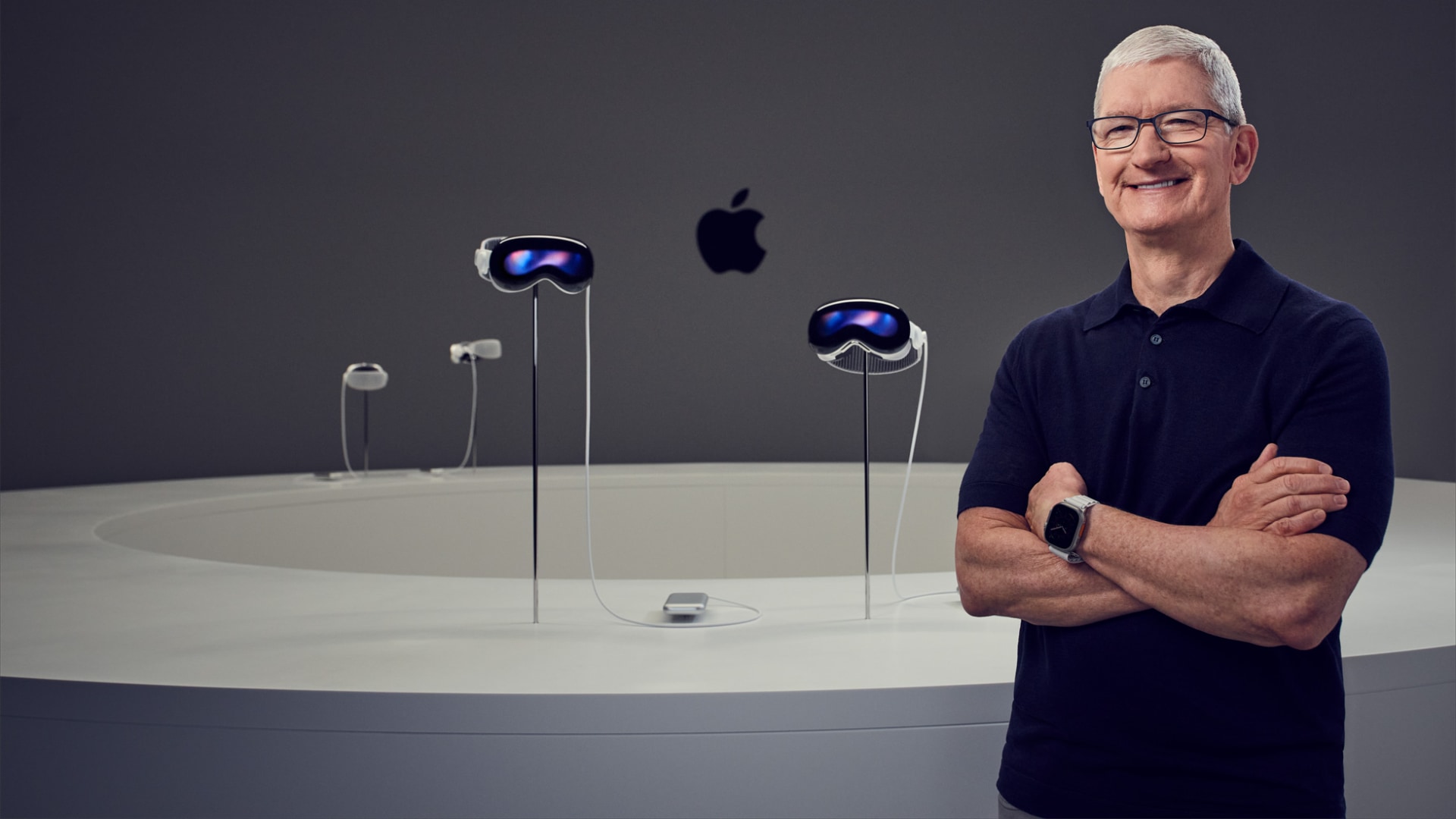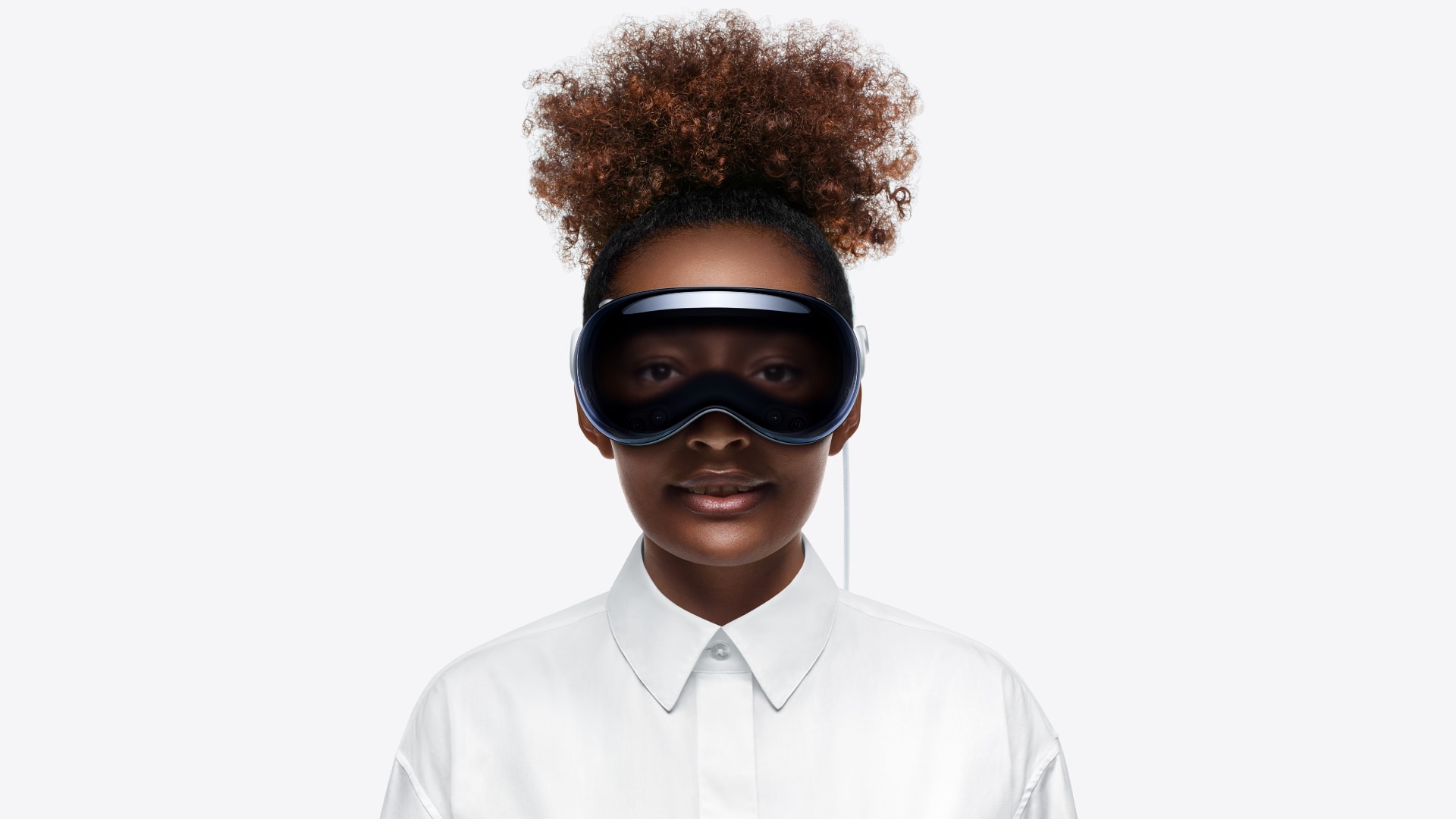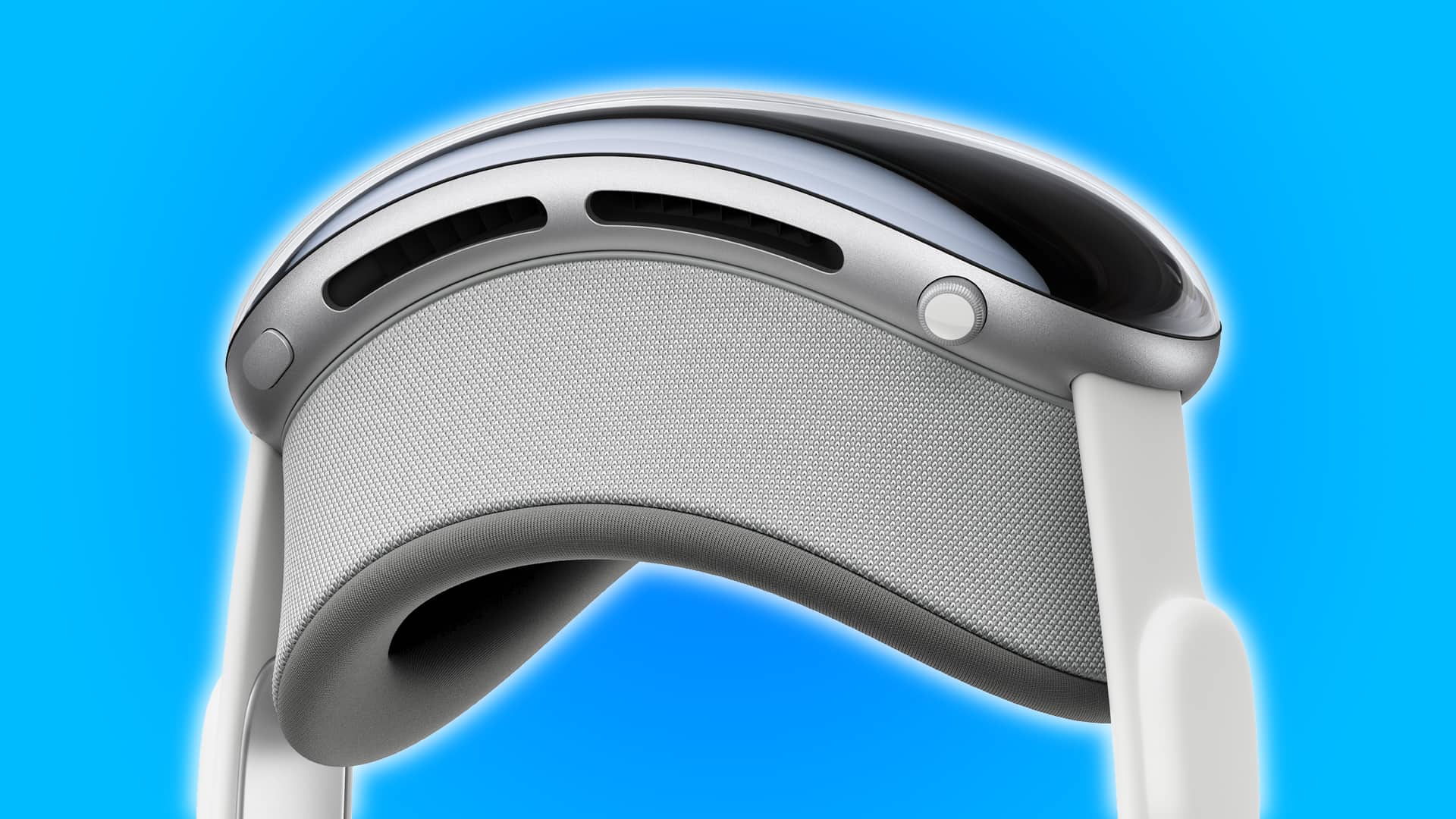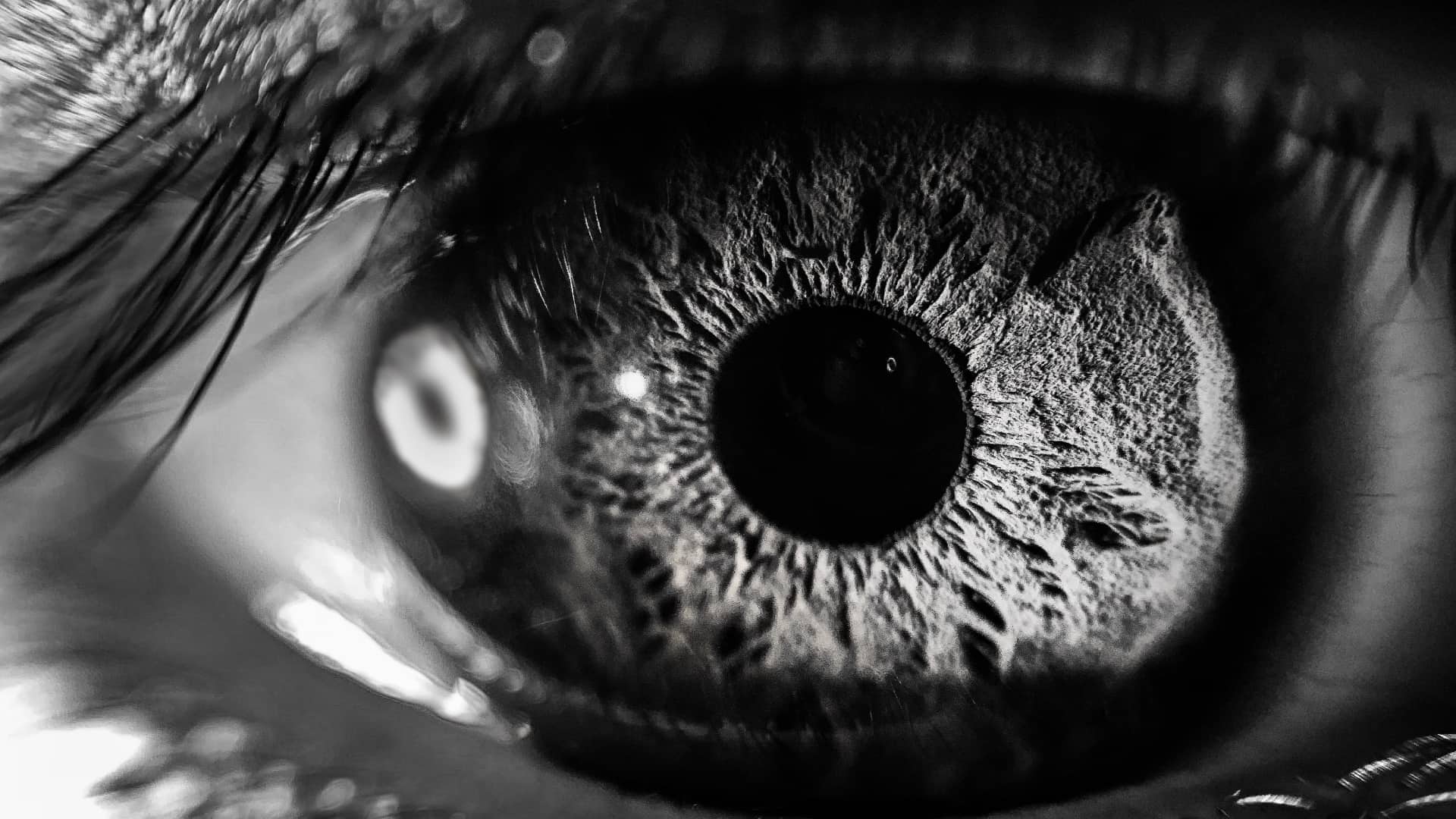Buying Vision Pro at an Apple store involves sitting through a lengthy sales pitch and demo designed to explain how to set up and use the $3500 headset.

As part of the sales pitch, your head will be scanned to determine the correct sizes for the light seal, cushions and headband. For glasses-wearers, Apple stores will have a device to scan the lenses for prescription information.
The presenter will then explain to the customer how to navigate the visionOS interface and calibrate the device’s eye tracking and other features. With that done, the actual demo, lasting between 20 and 25 minutes, will begin.
What does the Vision Pro in-store demo include?
Mark Gurman reported on the Vision Pro in-store demo process in the latest edition of his Power On newsletter for Bloomberg.
Customers will be encouraged to try the Vision Pro at a physical store. But if they buy the device online, they’ll get access to the face scan system. The product can then be bundled and shipped to them.
The “face scan system” he refers to is a new feature of the Apple Store app. He went on to describe what experiences the actual demo will include:
- Users will be directed to the Photos app to view still images that are similar to the ones preloaded on Apple’s other devices in retail stores. That’s followed by examples of panorama shots.
- Then the demo starts to get more interesting. The customer sees 3D images that Apple calls spatial photos (in this case, of a kid hitting a piñata) and a spatial video (footage of a birthday party).
- The next part of the demo shows how to use the device as a computer or iPad replacement. It explains how to position multiple app windows in space and scroll through webpages in the Safari browser.
- Customers are then shown 3D and immersive movies, including clips of wild animals, the ocean and sports. There is also a compelling scene that makes users feel as if they’re on a tightrope.
So, how will the presenter see the customer’s point of view? Gurman says they’ll use an iPad to view what the customer sees on the headset (likely via AirPlay).
The buying experience and review units
Gurman explains that the buying experience will include a facial scan to determine the correct light seal, cushion and headband sizes at the point of sale “in a similar fashion to how an Apple Watch and its band are pieced together for buyers.”

What does the visionOS setup entail?
Before the headset is ready for use, you must set it up. Like any Apple software, visionOS will boot into a setup screen after you unwrap and turn on your Vision Pro for the first time. You’ll br taken through a series of steps.
This includes eye calibration by looking at circular dot patterns set at different brightness levels and a hand scan in the field of vision of the device.
Once the unit is in hand, the employee will explain how the interface works. That includes how to control the pointer using a user’s eyes, how to gesture to make selections and how to hold the headset.
Eye tracking training is part of Optic ID enrollment.
The staffer will also show how to adjust the so-called Fit Dial on the main headband and how to use the Digital Crown for moving between virtual and augmented reality. The employee will have an iPad to view what the user is seeing on the Vision Pro.
No Dual Loop Band for Vision Pro demos

Gurman suggests the Vision Pro demo is limited to 25 minutes due to head fatigue. “Privately, several retail employees have said they felt their head was tired and sweaty after only about half an hour of use,” Gurman writes.
From the newsletter:
During the sessions at Apple’s headquarters, retail employees were shown the Vision Pro accessories, including a redesigned second band that is supposed to be more comfortable when the device is worn for longer stretches. The company isn’t using that band for in-store demonstrations, however.
This is a surprising decision because Apple provides two different headbands in the Vision Pro box, including the Dual Loop Band that Gurman refers to, pictured above. The Dual Loop Band uses adjustable upper and lower straps instead of wrapping around the back of your head like the Solo Knit Band.
A logistical nightmare
This looks to be one of the most complex and intensive sales pitches Apple has ever prepared. Consider the logistical nightmare of hosting these in-store demos.

The light seal alone comes in more than 25 shapes and sizes, and the cushions come in two sizes. On top of that, Vision Pro supports optical inserts, and Apple stores will apparently have hundreds of lenses on hand for demos.
So you’re looking at hundreds of light seals, cushions, headbands and corrective lenses that Apple’s retail stores will need to keep in stock. Perhaps that’s why only the flagship Apple stores will have more than a dozen Vision Pros available at any one time for demonstration purposes.
Each store will also a dedicated table where customers could check out the Vision Pro hardware, but not wear those headsets. “Depending on the store size, each location will have about two to four units on display,” Gurman claims.
Vision Pro is less than three weeks away
Apple will start taking Vision Pro pre-orders beginning this Friday, January 19. The device will arrive at Apple’s retail stores in the United States on February 2. Later in 2024, Vision Pro will become available to purchase in other countries.
